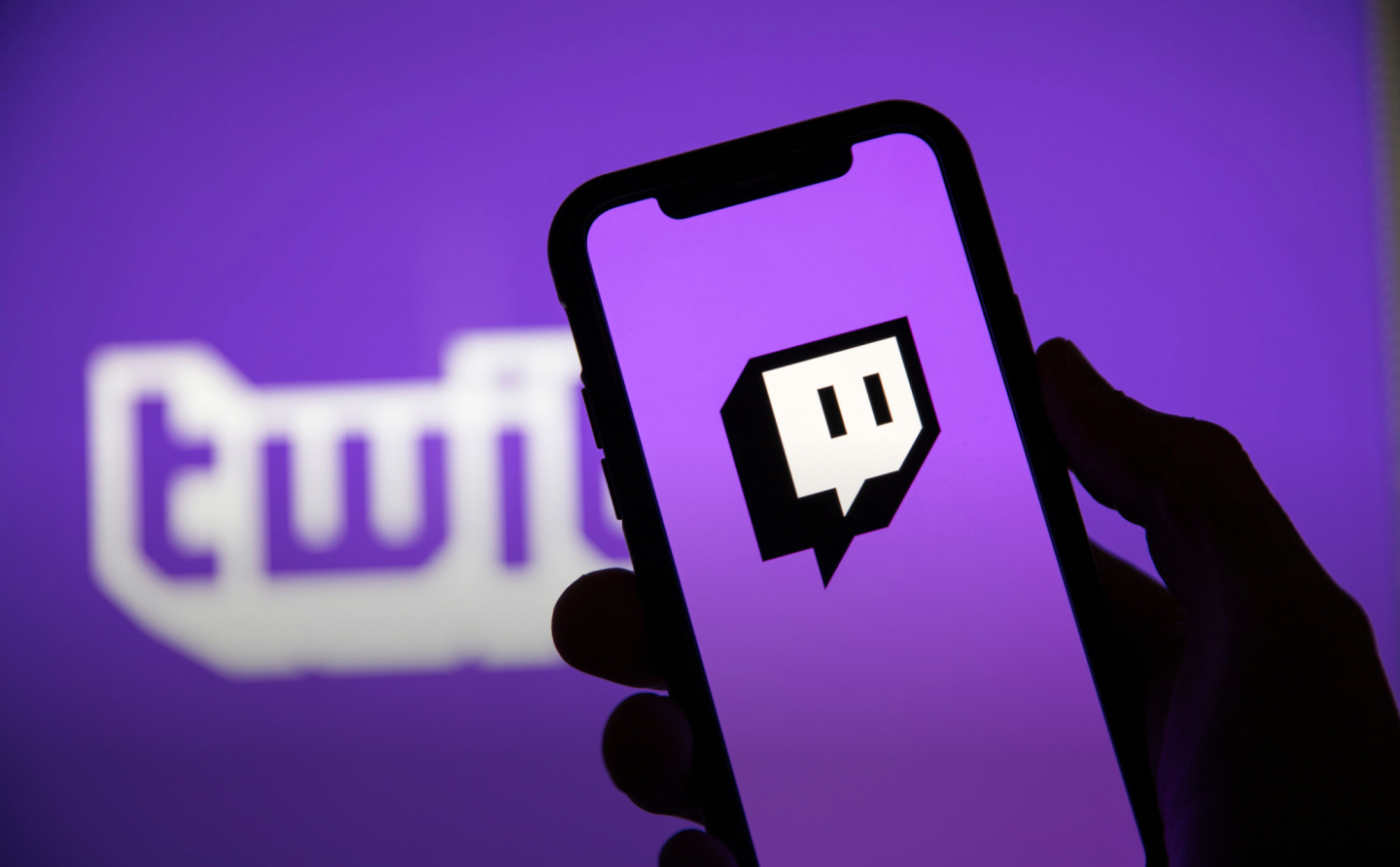Twitch, the live streaming platform that has become a mainstay for gamers and gaming content creators worldwide, has announced a new revenue split that is bad news for those who rely on the platform for their income.
Today, many streamers, from affiliates to partners, enjoy a 70/30 split on subscription revenue. This means that for every $5 subscription a streamer receives, they receive a $3.50 payout from Twitch. In a letter from Twitch President Dan Clancy, Twitch announced that they would decrease the share of this revenue that creators will receive starting in June 2023.
In this article, we dive into the details of Twitch’s newest controversy, explain the implications of this decision for streamers, and discuss how this decision underscores the importance of revenue ownership for all content creators.
What Twitch's new revenue split is and how it works
Twitch, the Amazon-owned live-streaming platform, has announced a new revenue split for its creators. Instead of receiving 70% of subscription revenue, creators will now receive 50%. Twitch says that the change is necessary to “ensure the long-term growth” of the platform. This is a bold move by Twitch, and it’s sure to have an enormous impact on the live-streaming industry. Here’s everything you need to know about Twitch’s new 50/50 revenue split.
There are three main ways to make money on Twitch:
- Creators can receive ad revenue by running commercials during their stream.
- Viewers can send donations (called “bits”) directly to the creator.
- Fans can pay a monthly fee for a subscription to the creator’s channel.
Twitch is rarely transparent about creator earning statistics, but we estimate that subscription revenue makes up about 80% of some large streamers’ earnings.
To better understand how this change will impact creators, let’s back up and explain who this change will affect. Before this announcement, streamers on Twitch’s “standard agreement” saw a 50/50 revenue split on subscription revenue. Other streamers managed to sign a more favorable agreement on Twitch, enjoying a 70/30 revenue split. As is typical with Twitch, exactly how streamers obtained this 70/30 is opaque; however, we know that approximately 10% of streamers currently receive the 70/30 split.
To ease streamers’ concerns after this announcement, Twitch will continue to honor the 70/30 split for the first $100k earned through subscription. For every dollar above this threshold, Twitch will take 50%. While the $100k threshold sounds high, this change will significantly impact hundreds of streamers.
What lessons all content creators can learn from Twitch's revenue update
If you’re reading this, you are likely not someone that Twitch’s 50/50 split announcement will impact personally. Even if you stream on Twitch, only a small percentage of creators meet the revenue threshold. So, why should you care about this move from Twitch to reduce creator earnings?
Our short answer — large, centralized platforms care about their profits above all else.
According to Streamlabs, Twitch accounted for 91% of streamed content and 76% of hours watched between live streaming platforms in Q1 2022. While other platforms like YouTube, Facebook, and TikTok are slowly chipping away at Twitch’s market dominance, Twitch is still, by far, the largest streaming platform.
In late 2020, over 22 thousand streamers supported the idea of Twitch increasing the subscription revenue split from 50/50 to 70/30 and decreasing the payout threshold from $100 to $10-20. Both policies would make it easier for up-and-coming streamers to get paid more quickly and earn more money from their existing subscribers. These changes would not be unprecedented. They’re policies that other streaming platforms like YouTube and Facebook have already implemented.
In response to this request, Twitch went the opposite direction and implemented a policy to have their most prominent creators earn less money on their subscriptions than they do today.
With other large streaming platforms chipping away at their market dominance, why did Twitch decide to take more money from streamers?
Simple — because they can.
Twitch knows that streamers that go to different platforms usually fail to retain many of their subscribers. The best example of this phenomenon is when Fortnite streamer Tyler “Ninja” Blevins saw an over 50% decrease in viewership after moving to the now defunct streaming platform Mixer.
Instead of doing what is best for the creator, Twitch has shown time and time again that they will do what is best for their bottom line.
But what if you aren’t a Twitch streamer? How does this decision impact you?
As much as Twitch is in the spotlight for this controversy, it’s important to note that they are not unique. While other platforms might currently have more favorable revenue-sharing policies, this is only because they are trying to gain market share. After they gain enough market share, they will inevitably make the same decisions as Twitch and prioritize their own earnings over the creators’ earnings on their platform.
Don’t believe us? In April 2022, Meta announced that they would charge a 47.5% fee on any sale on their flagship Horizon Worlds platform. Imagine if Meta or YouTube attained the market share that Twitch has — is it unreasonable to think they’d have a policy very similar to the one that Twitch just announced? We don’t think so.
In short, any creator that is entirely or primarily dependent on any one platform needs to be concerned that the platform will drastically change its revenue-share policy. And as history shows, these changes are rarely in favor of the creator.

